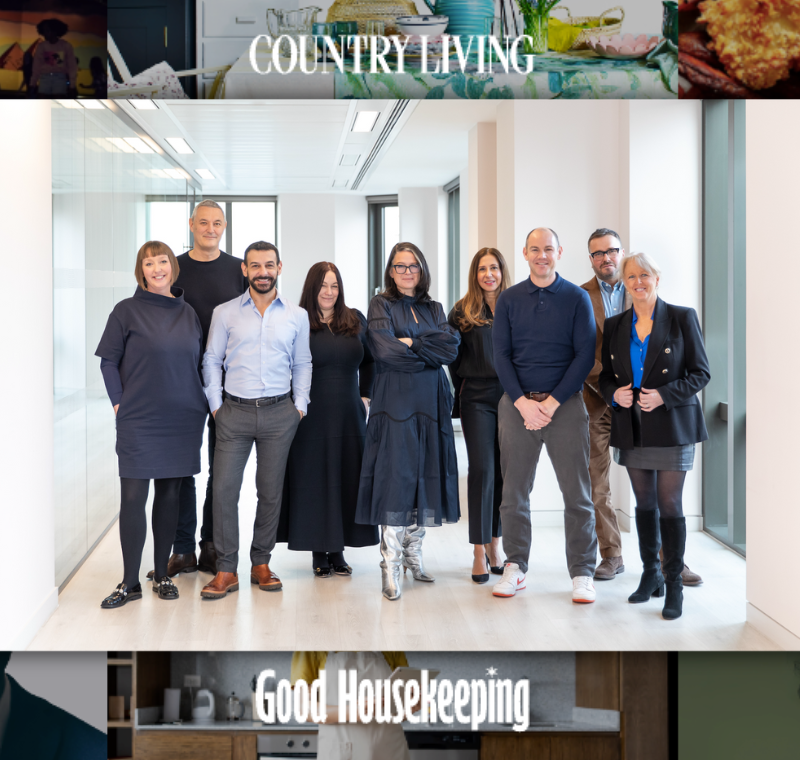Apocalypse not: Investing in new media today
These were quality news platforms with talented leaders, defined audiences, and unique approaches. That said, they were also startups, and the odds for any startup are terrible, particularly in media, where technological barriers to entry are low and (as confirmed in a recent IMD/Cisco study) the risk of disruption is especially high.
Despite these odds, there are going to be winners who will define news for a generation of young people, who have mostly opted out of TV, radio, and print. While technology is moving rapidly, the desire of people to know what is happening in their communities hasn’t changed. Yes, there is a shakeout going on in media, but there is also a diverse set of companies making it in the current environment by satisfying this need.
Here’s how:
Profitability: Some outlets have demonstrated that they can make money in a surprising variety of ways. Examples include: Vice Media, which, like an ad agency, creates and distributes ads that cater to its target demographic; Refinery 29, which combines advertising with e-commerce; Gawker which relies heavily on advertising; and The Blaze, which generates money via subscription. All of them have had to devise a model that ties the core of their business and is able to generate not just revenue but profits, proving that there is no single winning formula.
Growth potential: Venture investors continue to put money into online news on the promise of growth. Mic.com, a news platform targeting millennials, in which Knight Foundation has invested, just closed a US$17m round; Refinery 29 just closed a $50m round. Late last year, Vox Media ($47m), Bustle ($15m), and Buzzfeed ($50m) did the same. The attraction for many VCs is that, at scale, digital media companies can generate significant revenues and keep marginal costs close to zero. The challenge is to evolve across mobile and social as people’s media tastes change in order to maintain organic growth. Buzzfeed has been masterful at this and as a result is the only news site among the top 10 websites in the US.
Balance: Some have found ways to lower the cost of creating content while increasing the value of what they produce for their advertisers and audience. One method used to create this balance is native advertising. Upworthy, Buzzfeed, Vox, Mic, and many others rely on native advertising (aka sponsored content), which leverages the brand, creative talent, and reach of these publishers. In fact, sponsored content on Upworthy performed 3.5 times better than traditional news, generating $10m for the site last year. Others are using unpaid contributors to create news that comes from and appeals to their audience; these include publishers like Huffington Post, The Tab, and Spoon University.
More like this
Why is it so hard to innovate in online publishing?
Media companies: Embrace and innovate advertising or throw in the towel
Video advertising becoming a high-growth medium to promote brand story









